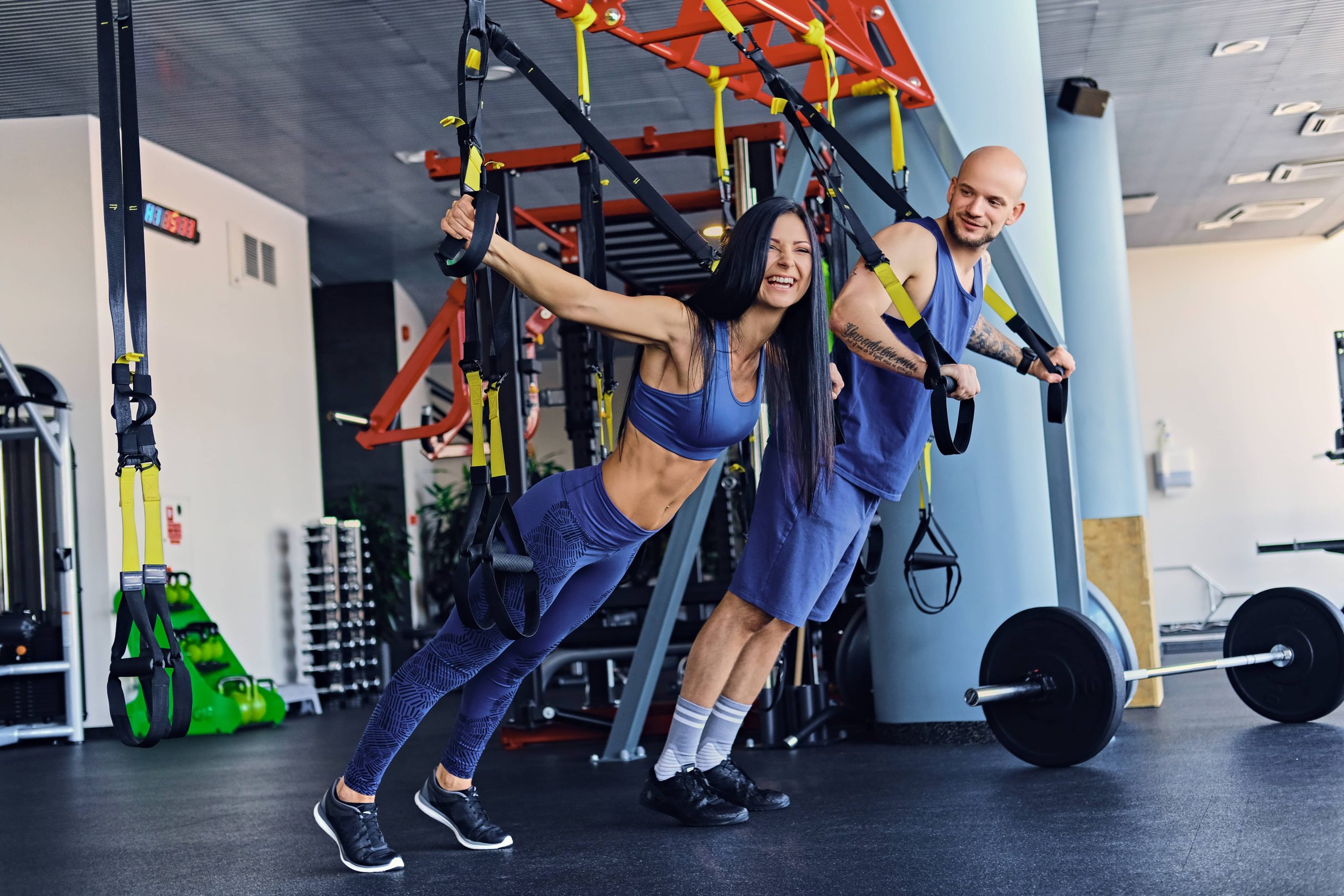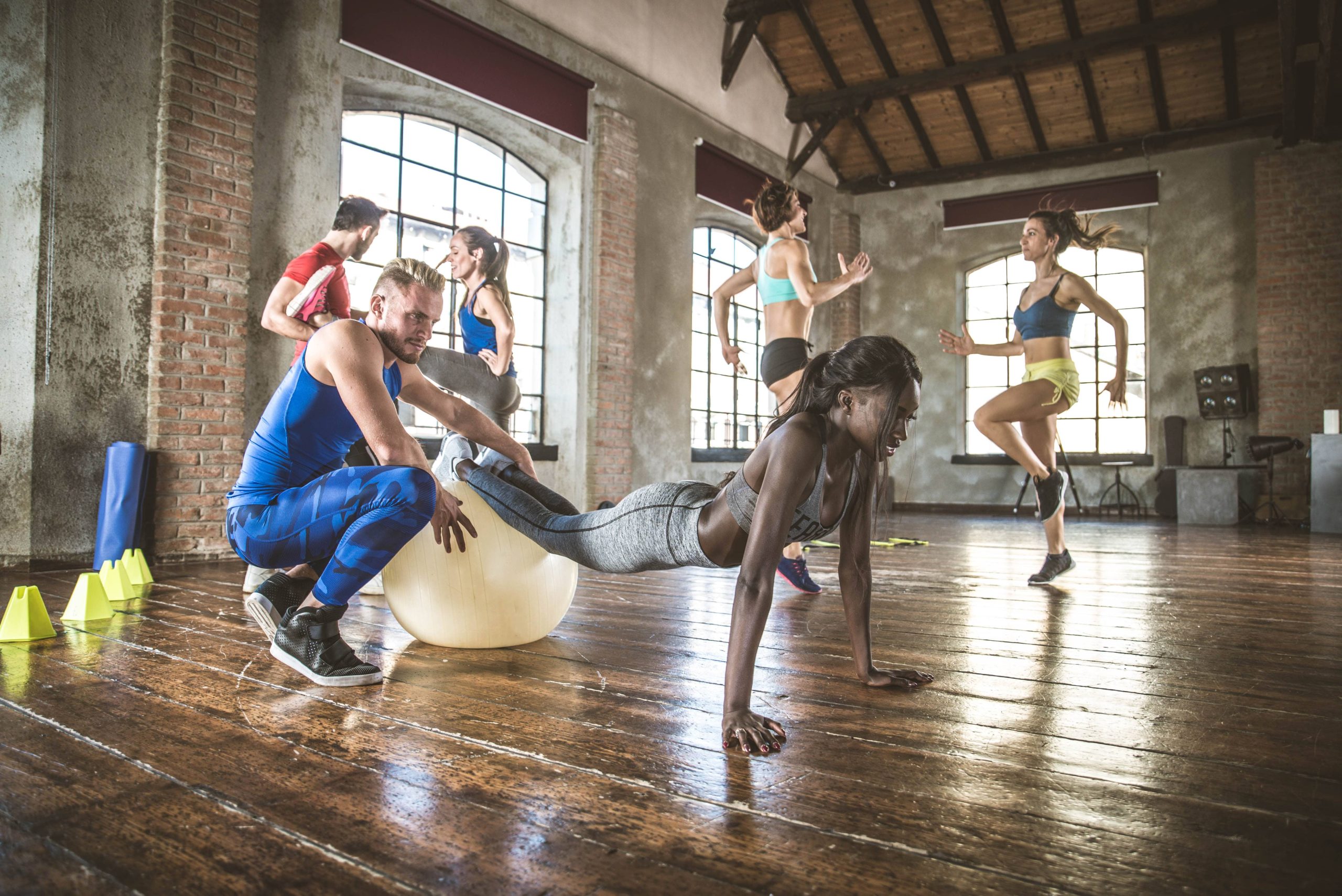![]()
In our fast-paced, technology-driven world, taking time for health and wellness can often seem like a luxury. For many, dedicating hours each day to exercise isn’t feasible. Enter the concept of “movement snacks”—short bursts of physical activity designed to break up periods of inactivity and integrate more exercise into your daily routine. Movement snacks are an excellent way to stay active, and by tracking your progress with a worksheet, you can stay motivated and monitor improvements over time. Let’s explore how to implement this concept and create an effective tracking system.
What Are Movement Snacks?
The term “movement snacks” refers to small, manageable chunks of exercise that can be sprinkled throughout your day. These can be as simple as a set of jumping jacks, a quick walk, or a few minutes of stretching. The idea is to interrupt prolonged periods of sitting or inactivity with bursts of movement, which can help improve overall health, boost your mood, and keep your energy levels up.
The beauty of movement snacks is that they’re versatile and can be adapted to fit any lifestyle. They’re particularly beneficial for people who spend long hours at a desk, in meetings, or anyone who struggles to find time for a traditional workout. Movement snacks can help mitigate the negative impacts of prolonged sitting and make exercise more attainable and less daunting.
The Science Behind Movement Snacks
Research supports the benefits of short, frequent activity breaks. Studies have shown that interspersing periods of prolonged sitting with short activity breaks can improve cardiovascular health, enhance mood, and contribute to weight management. Movement snacks also provide mental health benefits; they’re linked to decreases in stress and increases in overall well-being.
Breaking up sitting time with these brief activity bursts can enhance cognitive function and improve concentration, making you more productive and alert throughout your day. Moreover, movement snacks can work synergistically with more structured exercise routines, contributing to an overall increase in total daily physical activity.
Designing Your Movement Snack Routine
Before jumping into tracking, it is crucial to design a movement snack routine that works for you. Here are some steps to get started:
1. Assess Your Schedule and Environment: Determine periods during your day where you have a few minutes to spare. Consider locations where you have space to move, whether it’s your office, living room, or a nearby park.
2. Set Movement Goals: Start small. Whether it’s a 5-minute walk every hour or 10 push-ups three times a day, set achievable goals that fit your schedule.
3. Variety and Enjoyment: Choose activities you enjoy to ensure consistency. Running up and down the stairs, using resistance bands, dancing, or yoga are all good options.
4. Progress Gradually: As you become more accustomed to incorporating these activities, increase the intensity or frequency to continue challenging yourself.
5. Consider Accessories: Simple tools like a resistance band, a yoga mat, or a jump rope can make your movement snacks more effective and fun.
Creating Your Movement Snacks Tracking Worksheet
To ensure commitment and monitor your progress, maintaining a tracking worksheet is invaluable. This will help you visualize patterns, areas for improvement, and celebrate successes.
1. Define Your Tracking Period:
Decide whether you want to track your activity daily, weekly, or monthly. A daily log might be ideal to start with, offering insights into your habits.
2. Basic Layout:
Your worksheet should include the following columns: Date, Time, Activity, Duration, Intensity (1-5 scale), and Comments/Feelings.
3. Consider Your Tools:
You can use digital tools like Excel or Google Sheets, which allow for easy customization and calculations. Alternatively, a simple pen-and-paper worksheet can offer tangible satisfaction and is easy to use without tech.
4. Sample Worksheet Layout:
| Date | Time | Activity | Duration (min) | Intensity (1-5) | Comments/Feelings |
|————|———-|—————|—————-|—————–|———————|
| 2023-10-01 | 10:00 AM | Squats | 5 | 3 | Felt energizing |
| 2023-10-01 | 2:00 PM | Walk outside | 10 | 2 | Refreshing |
| 2023-10-01 | 4:30 PM | Chair Yoga | 15 | 1 | Relaxing before meeting |
| … | … | … | … | … | … |
5. Set Goals and Rewards:
Include a section on the worksheet to set weekly or monthly goals based on activity frequency or intensity. Plan rewards for achieving these goals—perhaps a favorite meal, a new book, or a relaxing bath.
Benefits of Tracking Your Movement Snacks
By tracking your movement snacks, you bring awareness to your activity levels, provide accountability, and celebrate accomplishments. Here are additional benefits:
1. Motivation: Seeing your progress can encourage you to continue and improve.
2. Insight: Understand patterns in your energy levels, mood correlations, and the types of activities that suit different times of your day.
3. Adaptability: Identify what works and what doesn’t, allowing you to tweak your plan.
4. Achievement: A visual log of your activity reinforces your capacity to fit exercise into even the busiest schedule, enhancing confidence.
Final Thoughts
Integrating movement snacks into your routine is a practical, effective strategy for increasing activity levels without a significant time commitment. It’s beneficial for both your physical and mental health. By tracking these activities with a structured worksheet, you can maximize the benefits and stay motivated on your journey to behavior change and wellness. Remember to celebrate every step, and enjoy the process of discovering how even small, consistent actions can lead to meaningful change. Start today and watch as these tiny bites of movement transform your life, one invigorating snack at a time.











